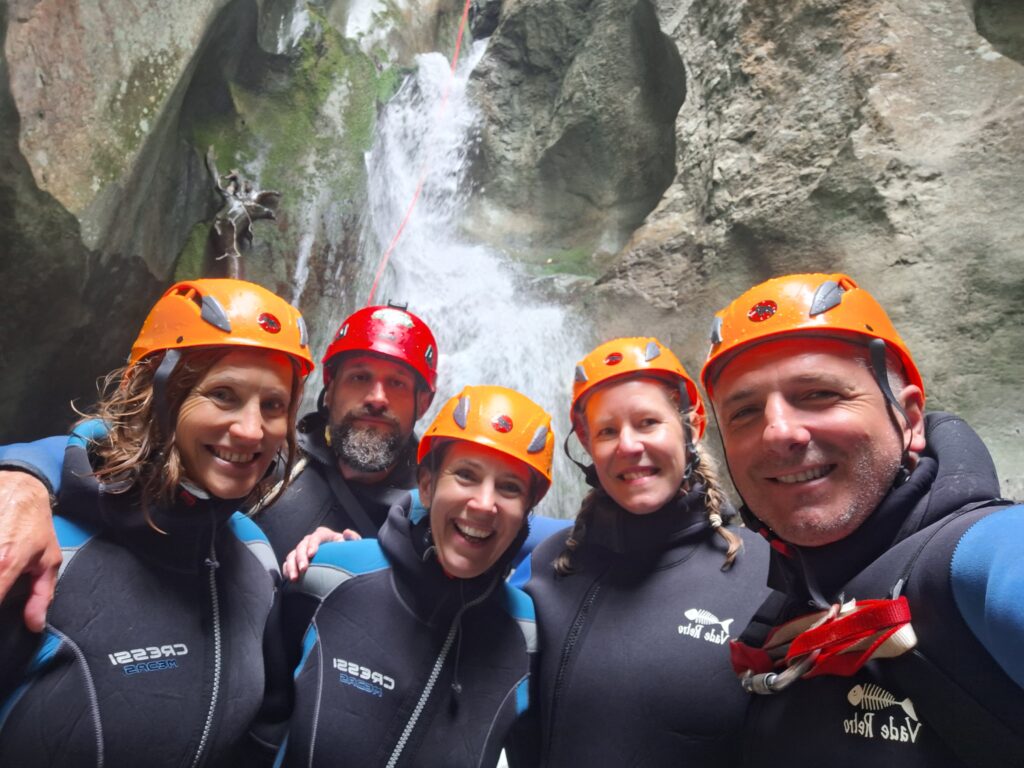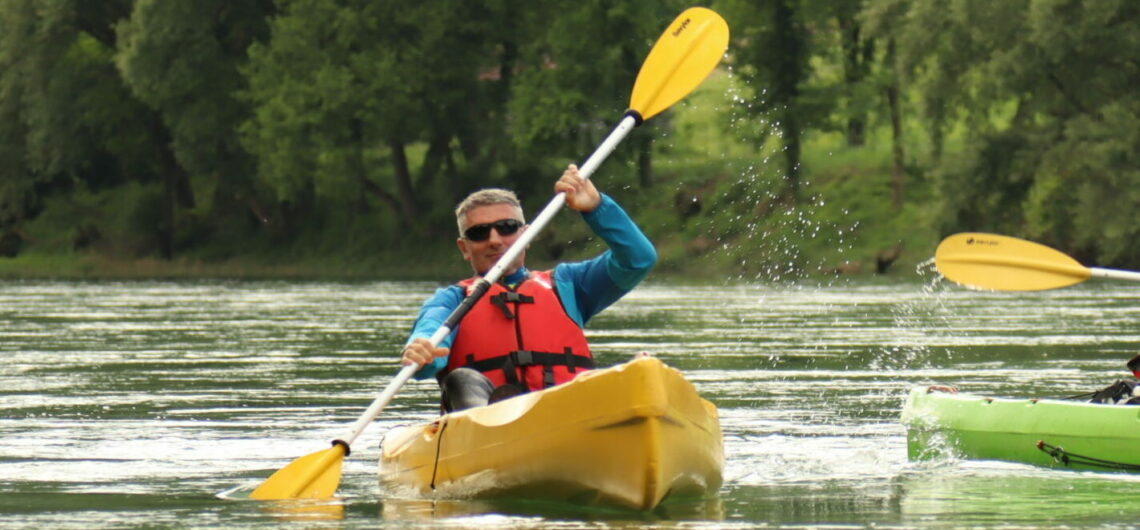 Following the immense success of our first small group adventure in Serbia, we caught up with the man behind the magic – Aleks, our adventure travel guide with a wealth of experience in Serbia’s outback and the newest member of the team.
Following the immense success of our first small group adventure in Serbia, we caught up with the man behind the magic – Aleks, our adventure travel guide with a wealth of experience in Serbia’s outback and the newest member of the team.
Born in Belgrade and raised in the mountains, Aleks’s passion for Serbia is contagious and we challenge you to find something he doesn’t know about his homeland.
Aleks is a licensed tour guide, ski instructor, and mountain rescuer and in previous lives, he has been a soldier, a professional footballer, a boxer and teacher. Aleks is brimming with stories and fascinating facts about Serbia, so if you’re due to travel there with us or you’re just intrigued by this under-the-radar destination, read on to learn more about our expert guide and the country he’s lucky to call home.
Where did you grow up and what inspired you to become a tour guide?
I was born in the Serbian capital of Belgrade but I spent the best part of my childhood and formative years in the Prokletije range of mountains in north Montenegro, where my grandparents lived. Western Serbia’s mountainscapes are very similar and remind me of my childhood home. Those early experiences and memories of the wilderness, big sky and freedom in the mountains instilled a lifelong love and passion for the outdoors in me.
I started skiing and mountaineering at a very young age and in my early twenties, during my Sports Science studies and after rigorous training, I became a mountain rescuer at the Mountain Rescue Service of Serbia as well as a mountain guide and ski instructor. Some seven years ago, I qualified as a licensed tour guide in order to be able to show our guests the cultural and historic side of Serbia, in addition to the breathtaking nature and places which tourists wouldn’t stumble upon alone.
I’m also a keen sailor, when I find the time.
Why should people visit Serbia?
The Balkans has always been a major crossroad where civilisations and religions have been both divided and connected. I am very proud of my country’s history and people and I love sharing it with visitors from all over the world.
I love the fact that tourism is still in its infancy here and you can easily find spectacular scenery – gorges, rivers, ancient mountains, charming rural villages, the sweeping fertile plains of the north. It’s a very easy place as a guide to be able to offer slow travel experiences and get away from the crowds. And did you know that the largest desert in continental Europe is in Serbia?

What questions do you get asked most by visitors about Serbia?
Serbia and most of the Balkan peninsula is still an enigmatic place for most visitors. Unfortunately, in the last few decades this part of the world has gone through a lot of hard times and received bad press. Visitors normally come out of curiosity and with a lot of preconceptions as a result.
Most of the questions I am asked are related to those times and events but I find immense joy in watching people’s preconceptions change once they experience my country, its people and traditional Serbian hospitality first hand. I still haven’t met a person who hasn’t transformed their understanding of Serbia after visiting and that is the most rewarding part of my job.
Related:
- The Undiscovered guide to Belgrade
- 10 tips for travelling sustainably in the Balkans
- 9 mistakes to avoid when planning adventure travel in the Balkans
What traditional Serbian food & drink should people try?
Serbia is well known for the spirit of its people, their friendliness, and warm and genuine hospitality. Locals always find a good reason for socialising and having a good time and it always involves food and drink.
Regarding food, there are just too many things to mention here. Food is always flavoursome with usually meat and cheese included but we also have lots of fresh, seasonal fruit and vegetables, especially in the villages. I really love the fact that our farmers markets have continued to operate since historic times and people still tend to eat seasonally.
The most famous Serbian drink is rakija, homemade brandy made of different fruits such as plum, pear, quince, apricot, peach, apple or grapes. It varies in strength between 40% and 50% alcohol (sometimes even up to 55%). Most farm households very proudly make their own and if you visit them, that will most probably be the first thing they offer you, alongside slatko (candied fruit) or honey with water. We also have really good local lagers and some fantastic craft beers – which I make sure there’s an opportunity for visitors to sample.
We also have a proud wine heritage in Serbia. Not many people know this but during Roman times, in addition to the Apennines, Serbia was the second territory permitted to grow grapes and produce wine, as 17 Roman emperors were born here.
What’s your favourite activity to do in Serbia?
Definitely showing people around my country, especially places they would not normally get to see otherwise.I love spending time in nature, being as active as possible and socialising with family and friends – and when I combine all three together, I’m in heaven!


Comments